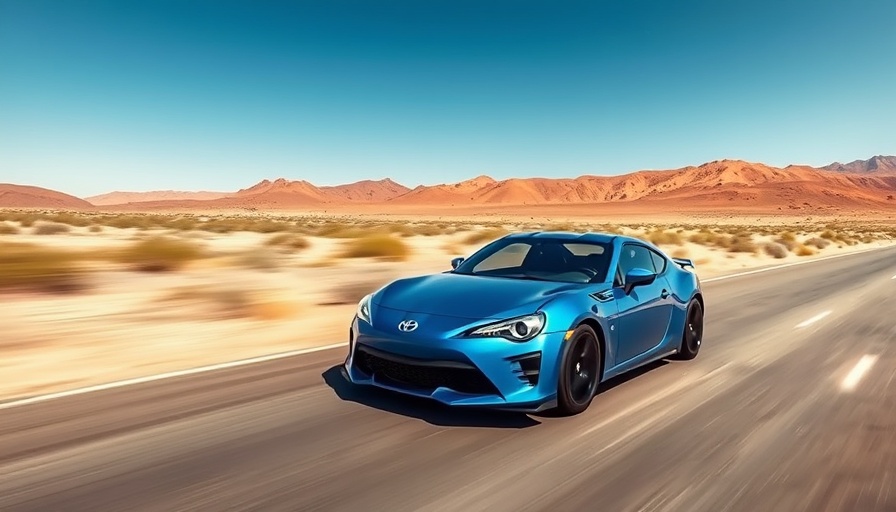
Combining Legacy and Innovation: The Mustang GTD's Story
The Ford Mustang has long been a symbol of American muscle car prowess, but the new Mustang GTD strives to elevate that legacy. With roots that trace back to the late 1960s, it embodies decades of engineering advancements and driving passion. As Ford redefines what a muscle car can be, this model showcases a blend of power, performance, and adaptability, pushing the boundaries of what enthusiasts expect from both track and road.
The Track Experience: A Closer Look at Performance
Max Verstappen's expertise behind the wheel offers a fresh perspective on the Mustang GTD's capabilities. The vehicle is designed for dynamic performance, featuring enhancements from its aerodynamic body to its finely-tuned V8 engine. The power delivery is deliberate, ensuring drivers can push their limits on the circuit without sacrificing safety or control. Verstappen's experience as a Formula 1 champion translates into an innate understanding of how to extract the maximum potential from this machine, making the video a compelling watch for both motorsport fans and casual viewers alike.
Harris' Insight: The Balance of Engineering
Chris Harris, known for his candid assessments, provides a critical view alongside Verstappen’s exhilaration. His commentary highlights not just speed and power but also the car's balance and braking capabilities. Harris's keen insight reminds viewers that the experience of driving, especially in a high-performance car like the Mustang GTD, is more than just about numbers—it's about connection and communication between car and driver.
The Competitive Landscape: Facing Rivalry
The Ford Mustang GTD enters a competitive arena with formidable rivals like the Chevrolet Corvette ZR1. According to recent reports, the Corvette has claimed impressive Nurburgring times, which can overshadow the Mustang's early performance metrics. This competitive spirit fuels innovation within the automotive industry, encouraging manufacturers to craft vehicles that do more than outrank each other statistically—they must engage and excite driving enthusiasts.
Wider Implications: The Future of American Engineering
As Ford positions itself for a return to Formula 1 racing in 2026, the Mustang GTD symbolizes more than just an automotive achievement; it reflects American engineering's capabilities on a global stage. The project embraces technological advancements while honoring the brand’s storied history in motorsports. This forward-looking attitude encourages a fresh generation to engage with performance vehicles, thus securing the industry’s future.
Conclusion: An Emotional Driving Experience
In a world where technology often overshadows human experience, the Mustang GTD stands out as a reminder of why people love cars in the first place. It combines nostalgia with innovation, offering an emotional connection that resonates with both hardcore racing fans and everyday drivers. As Max Verstappen and Chris Harris demonstrate, the Mustang GTD isn’t just a machine; it's an expression of freedom, creativity, and raw American spirit, culminating in a driving experience that’s bound to captivate audiences.
 Add Row
Add Row  Add
Add 




Write A Comment